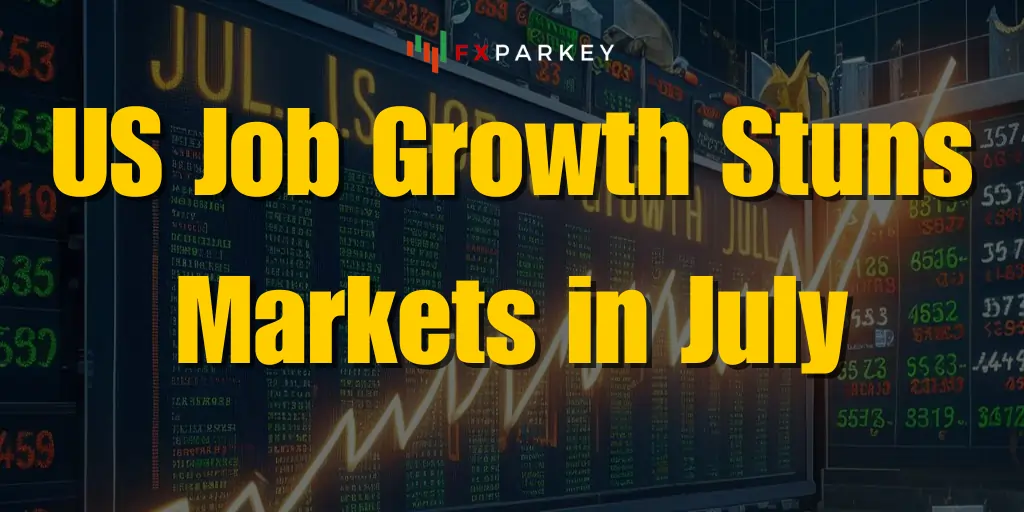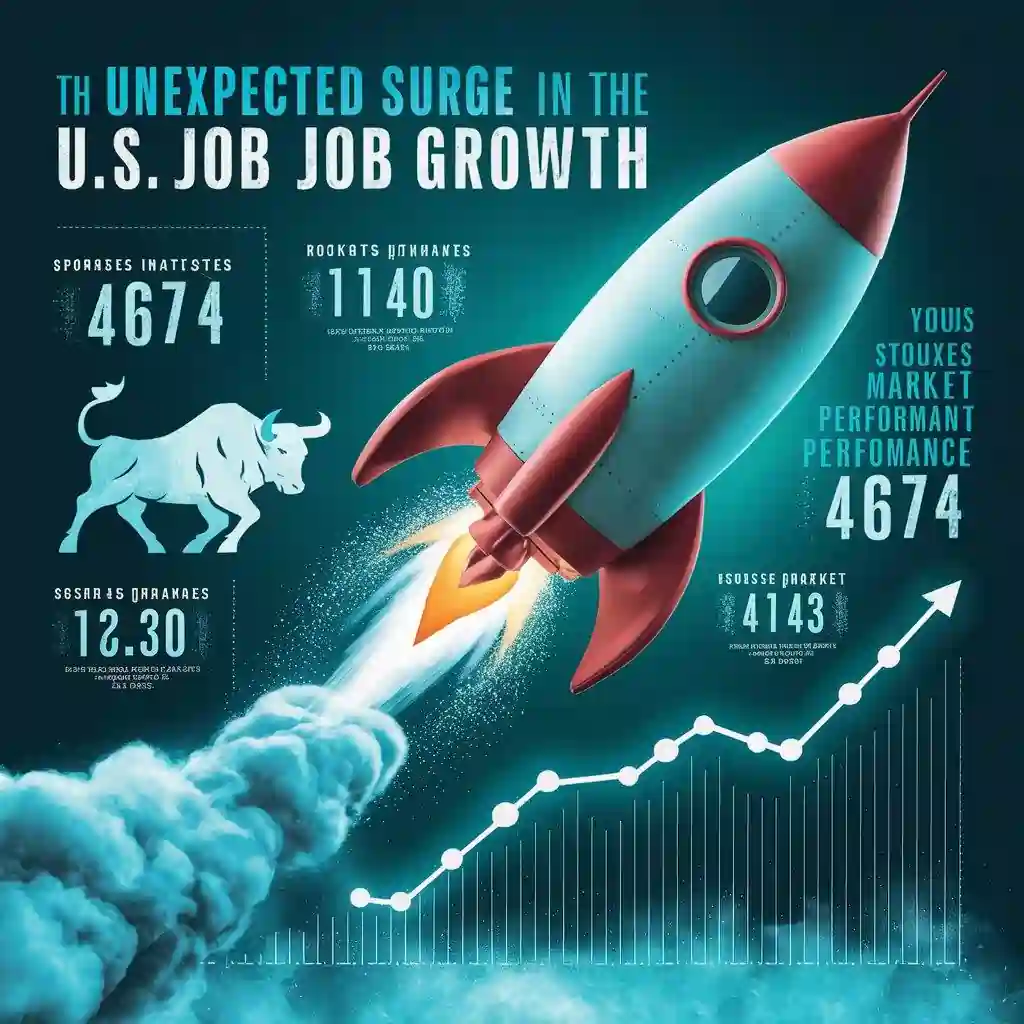
The US jobs report released on Friday, August 2, 2024, delivered a shocking surprise to financial markets. The US economy added a staggering 528,000 jobs in July, more than double the consensus forecast of 250,000.
This represented the strongest pace of US Job Growth Stuns Markets since January and pushed the level of total employment back above its pre-pandemic peak. The unemployment rate also ticked down to 3.5%, matching the 50-year low reached before the COVID-19 crisis.
Why Markets Underestimated Job Growth

The blowout report left many investors wondering how they got it so wrong. It was one of the biggest misses for payroll forecasts in recent memory. So why did markets so badly underestimate the strength of the July jobs numbers?
There are a few key factors that likely contributed:
- Slowing Economic Indicators: There had been signs of a slowdown in other economic data leading up to the jobs report. Measures of consumer spending, housing activity, and manufacturing output had all softened in recent months, painting a picture of fading economic momentum. This led many analysts to expect some cooling in labor demand as well.
- Impact of Fed Rate Hikes: The Federal Reserve's aggressive interest rate hikes were widely expected to be weighing on economic activity and hiring. After raising rates at the fastest pace in decades to combat high inflation, tighter financial conditions were anticipated to be flowing through to a softer jobs market. However, the July data suggested the labor market was more resilient to higher rates than assumed.
- Moderating High-Frequency Labor Data: Some of the high-frequency labor market indicators that investors watch closely have been moderating. Weekly jobless claims, while still very low, had been grinding higher since the spring. Job openings, while still elevated, had fallen from record highs. This created an expectation that the pace of job growth would slow in line with these leading indicators.
- Mean Reversion Expectations: Payroll gains averaged around 400,000 per month over the first half of the year. With job growth running well above the pre-pandemic trend of about 200,000 per month, many forecasters thought we were overdue for some mean reversion to a more sustainable pace.
- Seasonal Adjustment Noise: July is typically a tricky month for the jobs data due to seasonal adjustment challenges. Many school districts and universities lay off workers for the summer and this seasonal pattern can be difficult to fully adjust for. This may have injected additional noise and uncertainty into the July numbers.
Implications of the Strong Jobs Report
Ultimately, the shockingly strong jobs report is a reminder of how difficult it is to accurately forecast economic data in real-time, especially in a period of heightened uncertainty and unprecedented policy changes. The labor market has continually surprised to the upside in recent years, defying expectations for a sharper slowdown.
The robust July numbers underscore that the US economy still has solid momentum despite facing headwinds from high inflation, rising interest rates, and slowing global growth.

With the labor market still historically tight, workers should continue to see solid wage gains in the near term. At the same time, the hotter-than-expected jobs report has important implications for monetary policy. Strong job growth and low unemployment will likely keep upward pressure on wages and prices.
This will make the Fed's job of bringing down inflation more difficult. Following the July payrolls surprise, markets quickly priced in a higher probability that the Fed will raise rates by 0.75% again at their next meeting in September.
End Note
Looking ahead, all eyes will be on the August jobs report to see if July's blistering pace of gains can be sustained. But if there's one thing we learned from the latest numbers, it's to expect the unexpected when it comes to the US labor market. Forecasters may need to update their models and assumptions to account for an economy that keeps defying gravity.






